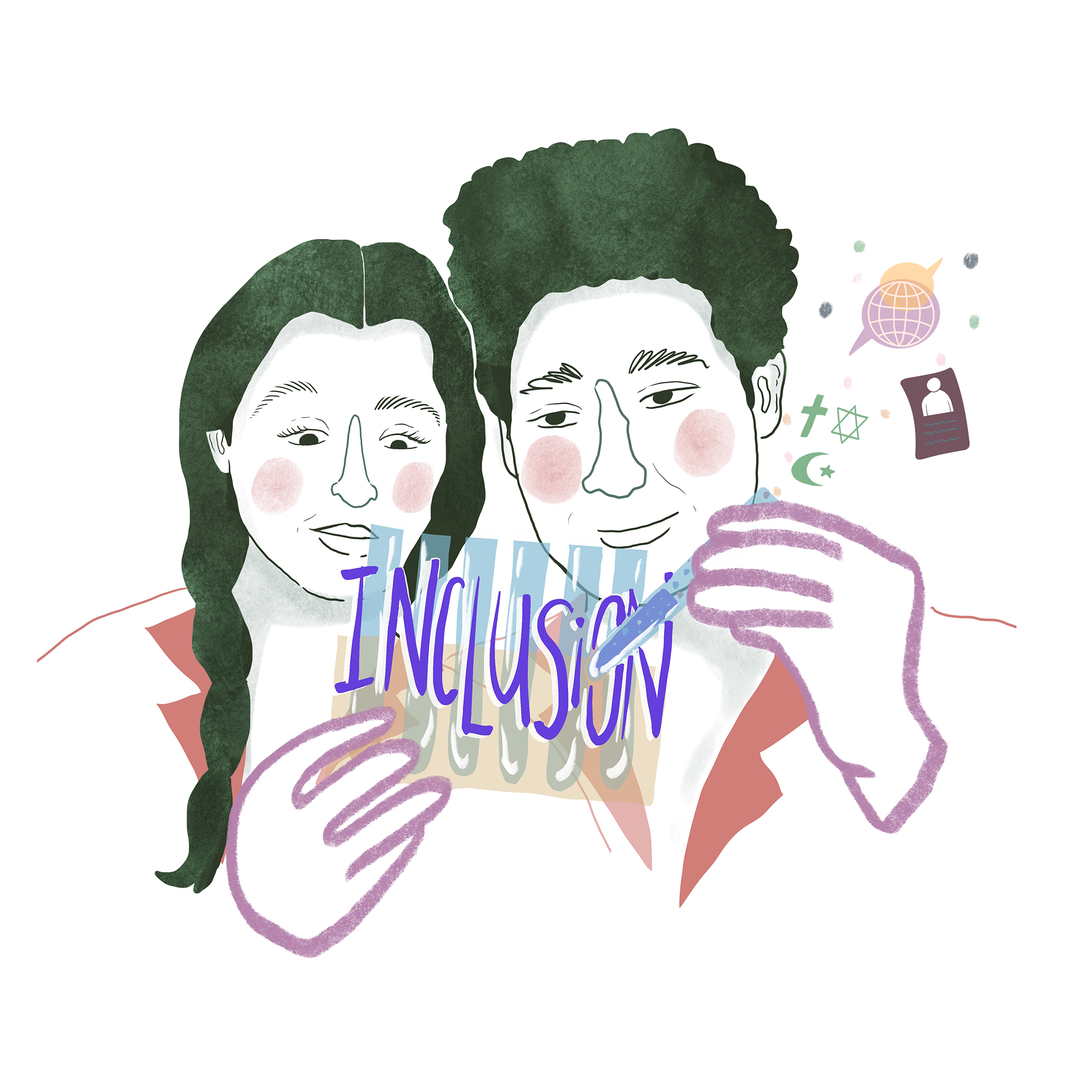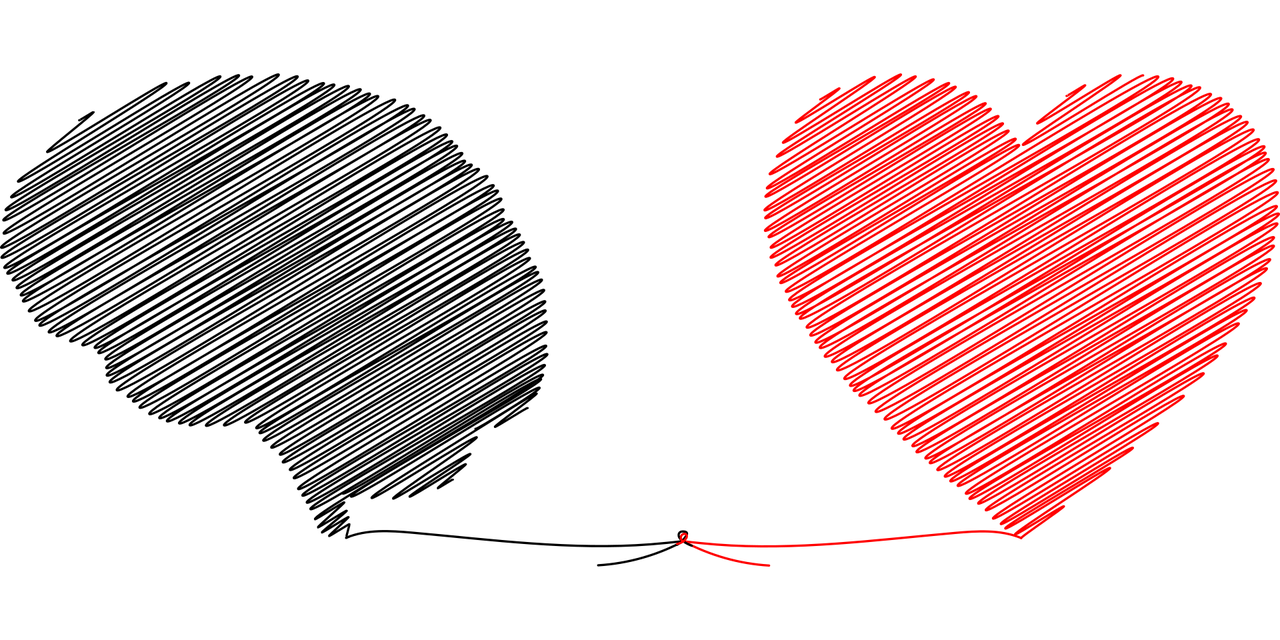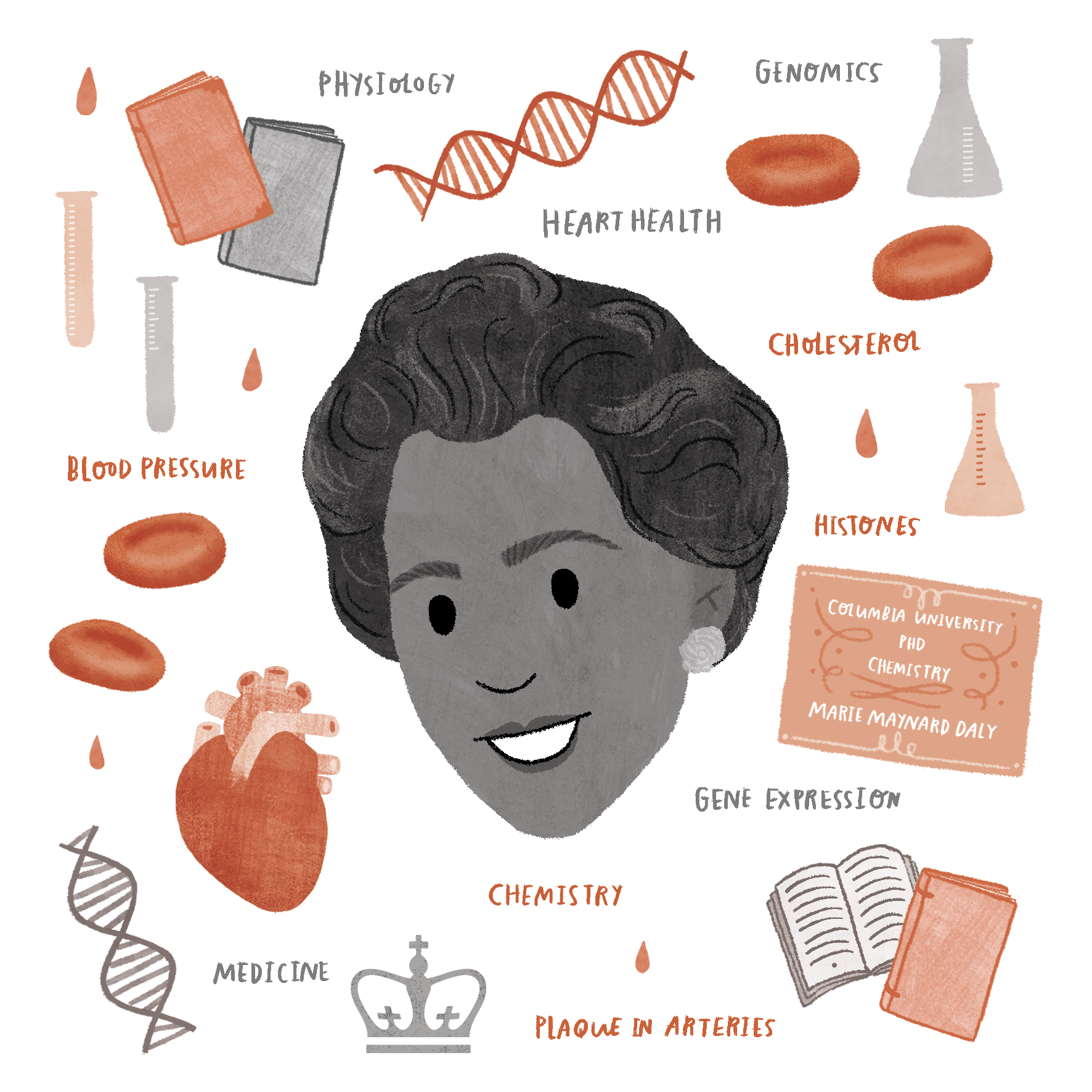How many times have we searched online to check the diagnosis for our symptoms? We end up with a spectrum of diagnoses, and we do not know where on the spectrum we fit in. Adding to the complexity is the challenge of sifting through the plethora of information that pops up. Additionally, I cannot avoid mentioning the current COVID pandemic which has an equal rival in the “infodemic” with the resultant anxiety and unintended consequences. So how do we solve this?
Health literacy is the answer.
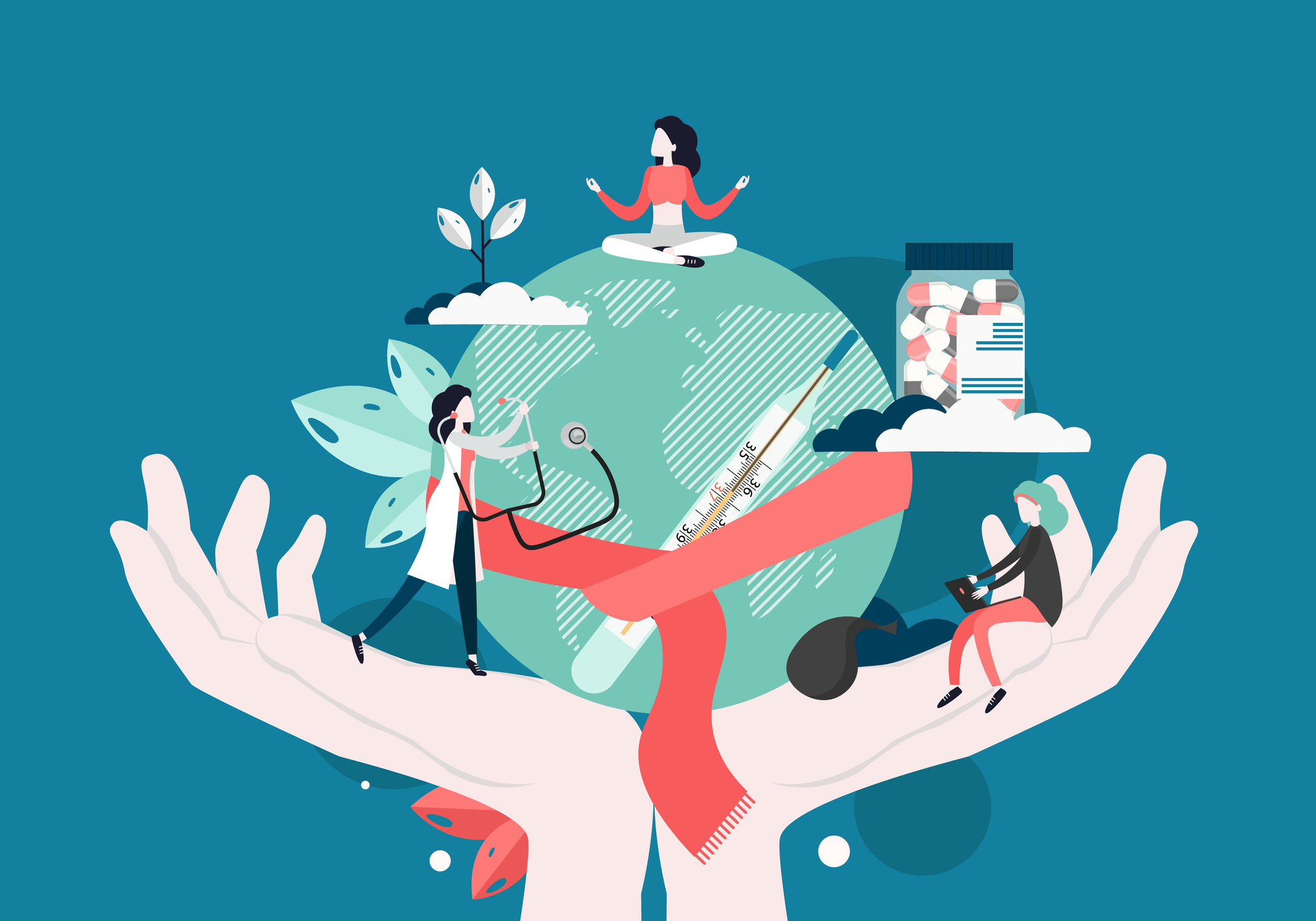
An individual’s ability to navigate through the healthcare ecosystem with information and to use it to promote health and well-being is health literacy in a crux.
Health literacy has a variety of definitions by the regions and is evolving with emerging evidence. Let us look at the Healthy People 2030 definition of health literacy.
Healthy People 2030 addresses both personal health literacy and organizational health literacy and provides the following definitions:
- “Personal health literacy is the degree to which individuals have the ability to find, understand, and use information and services to inform health-related decisions and actions for themselves and others.
- Organizational health literacy is the degree to which organizations equitably enable individuals to find, understand, and use information and services to inform health-related decisions and actions for themselves and others.”
We see that health literacy has two components to it—the individual as well as the organizational aspect. They contribute mutually to each other. At an individual level, people need to have the ability to access and process information, which is the first step. This ability, as I have seen in my experience, keeps changing with circumstances and time. I am able to counsel and communicate with others in my capacity as a health communicator, but when a near one is sick, I am overwhelmed and sometimes fail to comprehend the medical advice given. I am sure many of us have been in similar situations. This is where the organizational aspect of health literacy plays a role. While an individual’s situation may change, a healthcare organization’s role remains almost fixed as they encounter people with differing dilemma and sickness. Under these circumstances, organizations have an especially important role in helping people by enabling them with access to information, helping them process it, and empowering them to make decisions.
Having said that, how does one know when and where to seek health information? Here lies the individual’s capacity. Though basic reading and writing skills are requisites for someone to be health literate, we have seen circumstances in which even the well-read have had problems interpreting information and have even extrapolated it, which can be dangerous. Hence, health literacy is much more than being able to read and write—it involves emotions and decision-making.
An individual needs to
- Have the ability to discern from the variety of sources of information available.
- Know to have a conversation with their health care provider.
- Express health needs.
- Understand the available choices.
- Engage in self-care.
- Understand the long- term consequences of their action.
- Address long-term well -being.
This individual capacity is quite demanding, and organizations need to facilitate the achievement of such skillsets. It is worth investing in designing outreach programs, talking to patients about their rights, and offering counseling support.
I can tell from my experience that designing nudges as a follow-up after visits reassures patients, helps them to adhere to advised regimen and motivates them to achieve optimal outcome. A call by a nurse to a patient two days after their visit to the clinic makes a real difference. Say for instance, if they have been prescribed an antibiotic, intervention at this point ensures adherence. Most people feel better after two days of medication and may be tempted to stop it. A prompt at this point in time ensures compliance and is an opportunity to educate about antibiotic resistance. As individuals feel empowered, this will motivate them to better their health literacy.
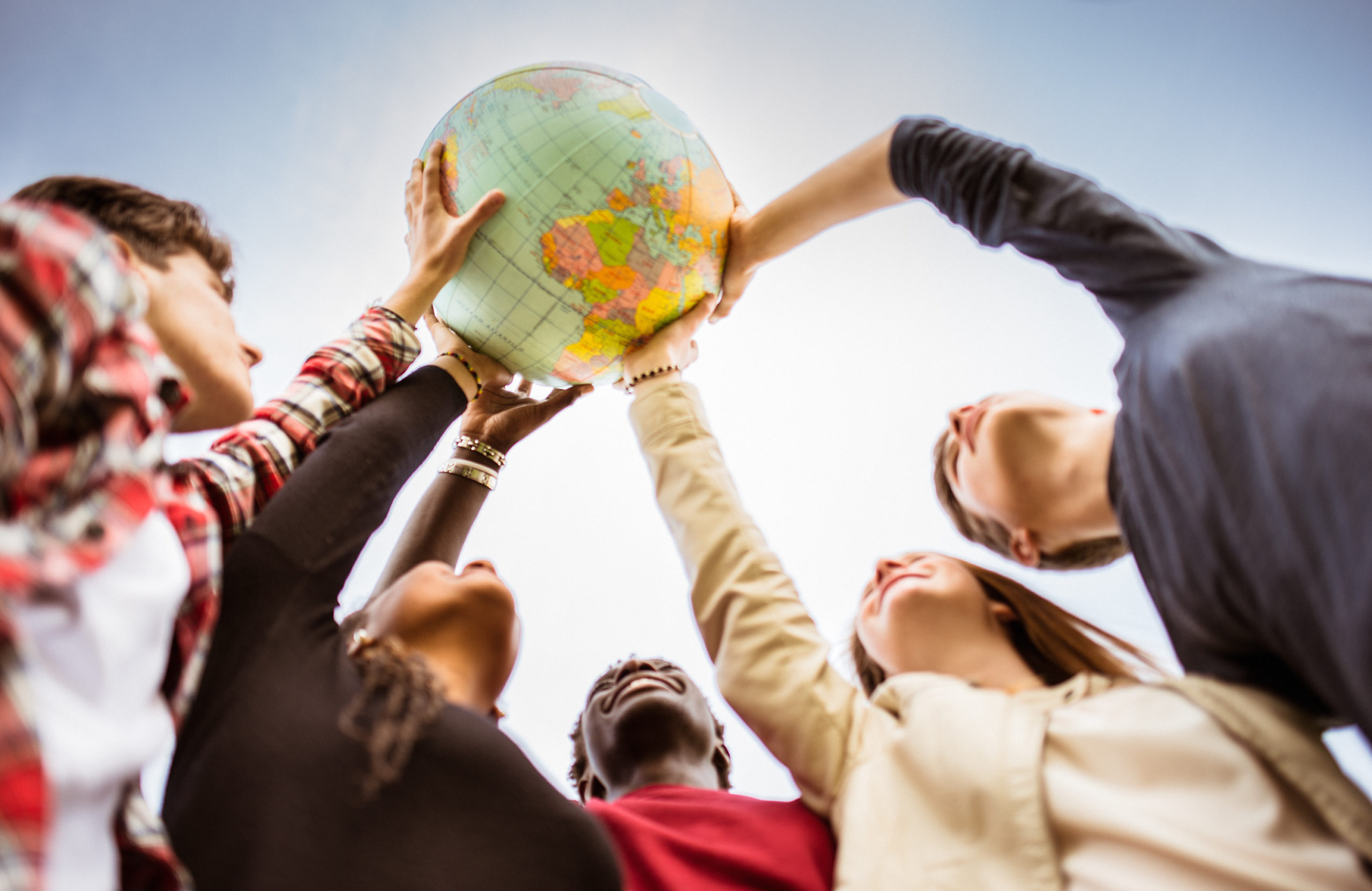
People engage with health right from birth till their death, so understanding health and implications need to have an early start. Equal emphasis on health literacy scores along with academic performance can be a motivational strategy at schools. Such engagements are important because the U.S, data shows that improving health literacy could save nearly I million hospital visits and over $25 billion a year.
Preventive health is another aspect that could be enhanced by health literacy. When there is no immediate outcome involved, the felt needs are low. Screenings, vaccinations, and lifestyle choices are all impacted by health literacy. Failure to engage in preventive health involves huge costs and hardships to people and burdens the system. Here, I see the role for convergence of art and science. Arts have the power to shape our perception as they have the innate charm of a nonchalant appeal. Art is a powerful influencer. A million words can be expressed by a miniature art. Evidence-based arts in the form of cartoons, sketches, storyboards, music, games and much more can make health literacy enticing.
There can be a variety of sources for someone to acquire health literacy apart from the heath care setup—media, social circles, family and peer influences to name a few. These sources, though highly influential, can be a medium for disinformation, misinformation and missed information. Yet, another source of influence are the decisions by elected officials. We have seen during the pandemic that the opinions expressed by few leaders have created impressions contrary to scientific evidence. Here, the emotional aspects are involved, and the information processing abilities are highly influenced by the social context. Health literacy, to be successful, needs to equip people to look beyond what is presented on the surface. The ability to look at the intent behind the information, the validity of the information, the consistency are some of the attributes needed.
Recent research by MIT and Google’s Jigsaw shows promises for curbing wrong information on the web by implementing simple UI (user interface=the screen that the users see) fixes. The researchers designed different seeing prompts like asking users to evaluate the headlines of the news they were browsing, tipping them to check evidence provided for the news and reminding them how important it was for them to share accurate information. This technique worked to reduce spread of fake information. This is just one instance of how technology can be leveraged to create awareness.
Thus, health literacy is beyond access to information and the ability to use it, as many factors influence it. These factors too need to be addressed. In Europe, nearly half of adults reported having problems with health literacy and not having relevant competencies to take care of their health and that of others. The annual cost of low health literacy in the United States has been estimated to be as much as $238 billion. One can imagine the scenario elsewhere. In a globalized world, even a tiny wet animal market in another continent matters! Hence health literacy is a global goal.
